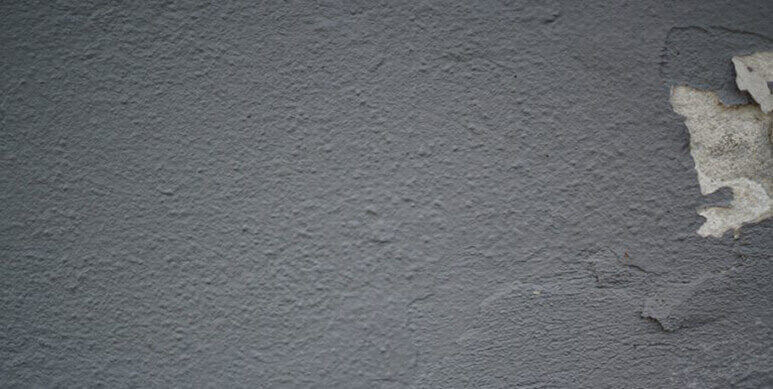Plaster primers, also called adhesion primers, are used to ensure the adhesion of Stucco Veneziano or Marmorino to your wall. In this article, I will show you which primers are most suitable and how to obtain the best results for your wall. In a new brick building, or in the meantime often already made of concrete, a mineral plaster such as lime-cement or gypsum-cement plaster is usually used. On these mineral substrates there is no need to apply a primer, as in addition to the mechanical bonding there is also a chemical bonding which guarantees the adhesion of Stucco Marmorino and Stucco Veneziano.
When do you need an adhesion primer?
Most plasters, whether new or old, are usually painted or sprayed with a dispersion paint after drying. This dispersion paint covers the mineral substrate so that lime products can no longer bond with it. In this case an adhesion primer is used. The ideal adhesive primer for Stucco Naturale contains marble powder. This marble powder forms the germ for the connection with the subsequent lime coatings. You can buy the adhesion primer with marble powder here.
The advantages of primers with marble powder
The advantage of marble priming is that there are no signs of abrasion from the tool. Metal abrasion marks are characterized by dark spots and stripes. The hardness of marble is 3 and that of quartz is 7 (Mohs hardness scale). Quartz is used in commercially available primers. The binding agent of the adhesion primer with marble powder is a synthetic resin. Click here to go to the marble powder primer.
Casein: The ecological variant
The ecological variant is the adhesion primer with casein. This product contains plant casein as a binder. The plant casein is produced from legumes. In combination with lime, the plant protein contained in the casein is broken down into a protein glue, which is then the actual binding agent. Vegetable casein is used as an alternative to milk casein in order to offer allergy sufferers a vegan product. The pigmentation of the adhesion primer with casein is also a marble powder to avoid the traces of metal abrasion. Here you can buy the casein primer.
The following applies to the application of both primers:
- Take care of suitable protective equipment – protective goggles, gloves, closed clothing
- Skin and eye contact must be avoided at all costs
- The substrate must be dry, grease-free and load-bearing. Sandy substrates must be solidified beforehand with a deep base, the ecological variant being sintered lime water
- The suitable tool is a priming brush. Here you can buy a cheap priming brush
- It is absolutely necessary to cover the non-machining surfaces with paper or foil
- Especially glass and wood surfaces must be well protected
- The tool used must be cleaned with water after use
- When priming with marble powder, make sure to clean only in washbasins, as the synthetic resin contained is harmful to water and should not get into the ground water
- Unused material can be stored well sealed
- Only empty containers should be returned to the recycling circuit
The adhesion primers in a short summary:
Adhesion primer with marble powder
Ingredients: Water, marble powder, styrene-acrylic, cellulose.
Suitable substrates: Plasterboard, reinforced concrete, dispersion paint, synthetic plaster, tiles, glass, MDF, chipboard, OSB, metal, etc.
Adhesion primer with casein
Ingredients: White lime hydrate, alumina, dolomite flour, dolomite sand, vegetable casein.
Suitable substrates: Gypsum plasterboards, dispersion paints, synthetic plasters.






 My name is Stefan Fischer and I am an executive board member of stucco naturale. In this blog you will find useful information and tips on Stucco Veneziano and decorative spatula techniques.
My name is Stefan Fischer and I am an executive board member of stucco naturale. In this blog you will find useful information and tips on Stucco Veneziano and decorative spatula techniques.